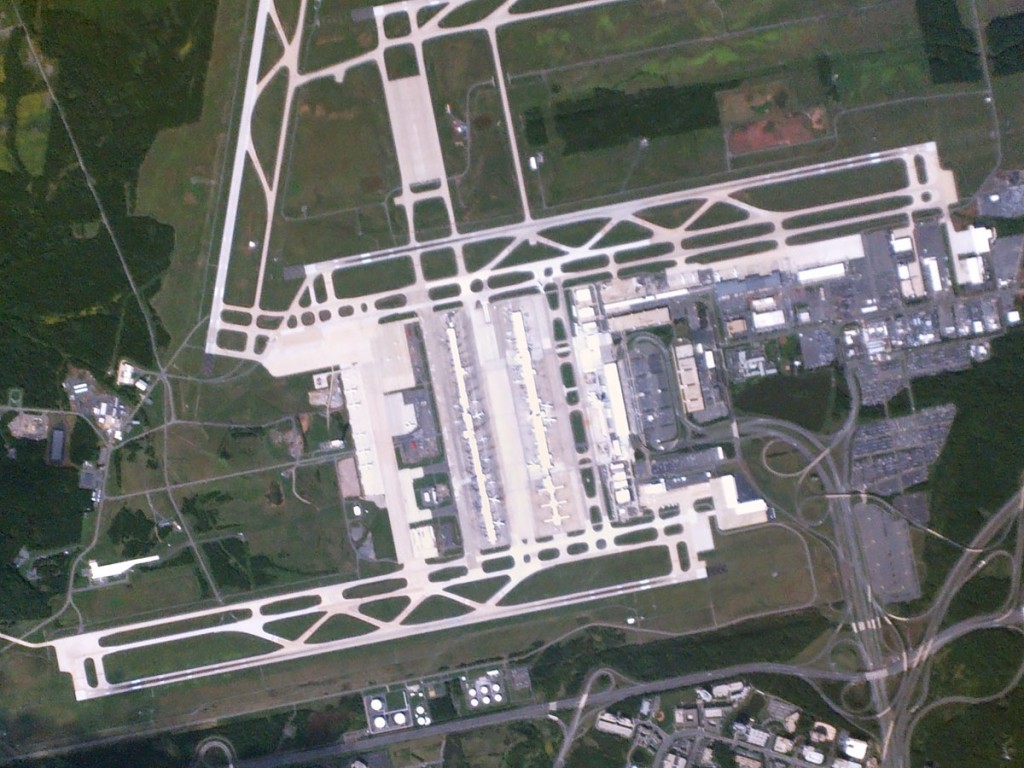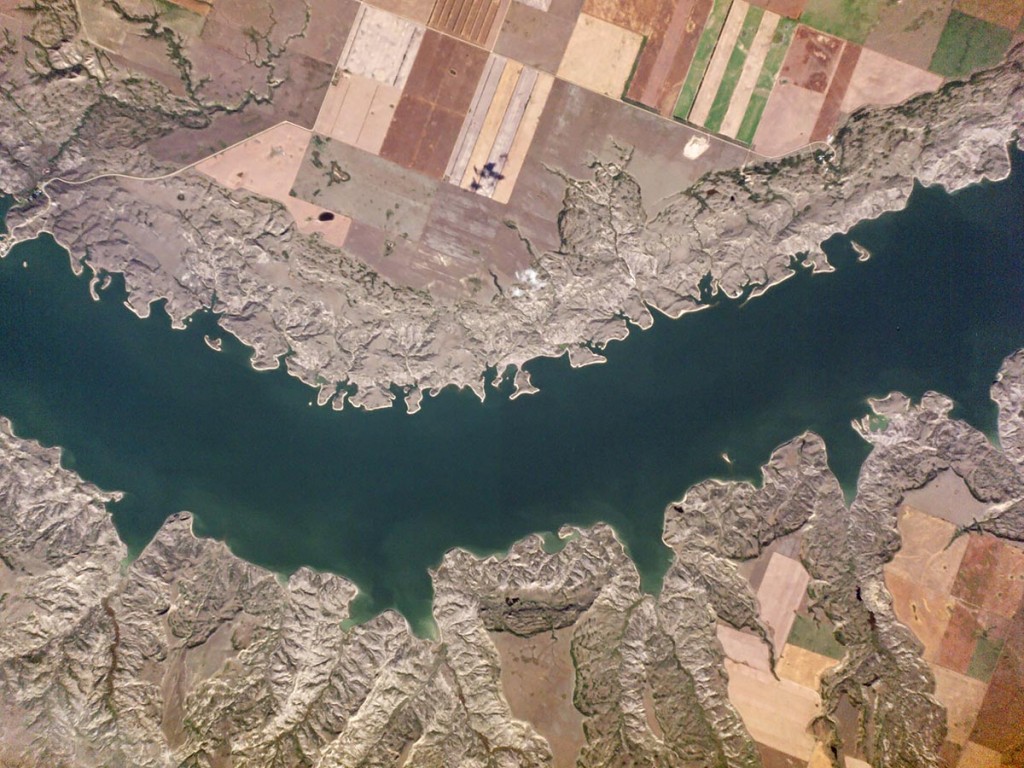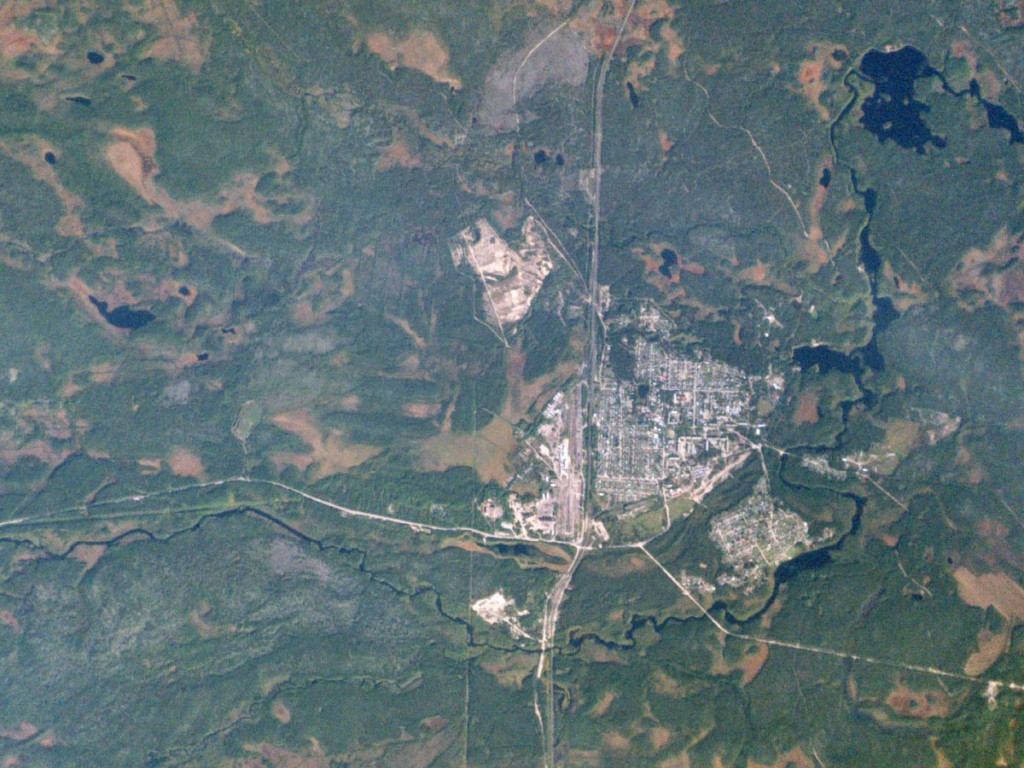Deployment of Flock 1b Commences
On August 19 the first 2 satellites from Flock 1b were successfully deployed from the International Space Station (ISS). This event kicked off the deployment campaign for the full constellation of 28 satellites. How did these satellites get there and what happens in between launch and deployment? We’ll take you through the steps in this post.
1.) Three days after successful launch on the Antares rocket, the Cygnus cargo vehicle rendezvous and berths with the ISS, carrying all 28 of the Flock 1b satellites (along with lots of other cargo).
2.) The astronauts onboard the ISS unpack the Cygnus cargo module. Our satellites are contained in one of those white cargo bags shown in the picture below.
3.) The satellites, already loaded into their deployers, are installed onto a pallet. Each NanoRacks deployer contains 2 Dove satellites, loaded end-to-end, with 8 deployers able to fit on a single pallet. A maximum of 16 Dove satellites can be deployed via a single airlock cycle.
4.) The deployers exit the ISS via the Kibo airlock, and with the help of the Japanese robotic arm, are positioned for deployment.
5.) JAXA ground control, in conjunction with NASA, sends the deploy command and 2 Doves are released into orbit. Deploy events are typically 6 to 12 hours apart until all the Doves have been released, at which point the empty deployers are brought back inside the ISS, replaced with the next wave of loaded deployers, and the process is repeated.
At the time of writing, 12 of the 28 Flock 1b satellites have been successfully deployed and commissioned (4 of which have been a pleasant surprise!). The rest of the deployments have been delayed due to technical issues between the JAXA signal generator and the NanoRacks deployer controller box. Nanoracks is hard at work debugging the issue.
We’ve factored in launch and deployment delays in our constellation plans from the very beginning, and continue to mitigate risk via spreading large numbers of satellites across multiple launches. Even with this delay in deployment, Planet Labs continues to maintain the world’s largest fleet of on-orbit Earth imaging satellites, and we are steadily getting closer to our ultimate goal of imaging the entire Earth every day.
In the meantime, check out some of the beautiful imagery already being produced by the deployed Flock 1b satellites:
In this image we see part of Dulles airport in Washington, DC. You can see the main terminal, concourses, runways, airplanes on the tarmac, and traveller parking lots. It is the busiest airport in the Washington metropolitan area, with over 22 million passengers a year. (The image is rotated with north towards the upper right.)
Filled in 1967, Lake Diefenbaker is a 140-mile-long reservoir along the South Saskatchewan and Qu’Appelle Rivers. Diefenbaker is renowned for harboring extremely large fish: the world record rainbow trout (48 pounds) and burbot (25 pounds) were both caught in the lake.
Muyezersky (also spelled Muezerskiy) is a logging town in northwest Russia, near the border with Finland. A railroad, visible running vertically through the center of town, links Muyezersky to Baltic Sea ports.
Checkout more images on our gallery and stay tuned for updates!








